Universe Spacecraft Paper Models
Right now, there are several spacecrafts exploring our Universe. You can build paper versions of many of them right here on Earth.
Paper modeling - or card modeling - is the art of constructing things with only colored, cut and folded pieces of paper. To help in constructing each model, you will need the free Adobe Reader to print the instructions and model parts. A link to adobe.com is provided with each model.
Remember: Spacecraft construction is a team activity. Get some friends and an adult to pitch in on the mission. Now pick a ship to start your space fleet (or click on the spacecraft name to find out what the mission is all about).
Build Your Own Universe Exploration Fleet
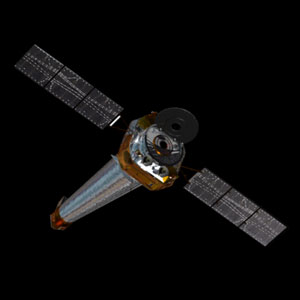
This Model is Rated: Easy
68 KB PDF, 11 pages - Requires Adobe Reader - Prints on 8 1/2 x 11 paper
The third of the Great Observatories was launched in 1999 into Earth orbit. As one of the most sophisticated x-ray observatories ever built, it observes x-rays from high-energy regions of the Universe.
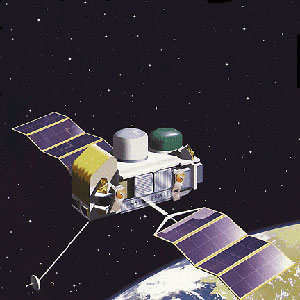
This Model is Rated: Easy
348 KB PDF, 37 pages - Requires Adobe Reader - Prints on 8 1/2 x 11 paper
The second of the Great Observatories was launched in 1991 into Earth orbit, and safely de-orbited in 2000. The observatory helped astronomers learn about the most powerful celestial bodies and events in the Universe. It observed gamma-ray bursts, and high temperature emissions from black holes.
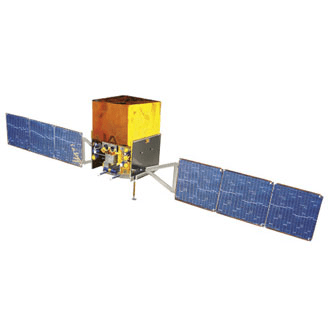
This Model is Rated: Easy
1.9 MB PDF, 7 pages - Requires Adobe Reader - Prints on 8 1/2 x 11 paper
The Fermi Gamma-ray Space Telescope is an international multi-agency mission that launched in 2008. It is studying the cosmos looking at object that emit high energy wavelengths of light.
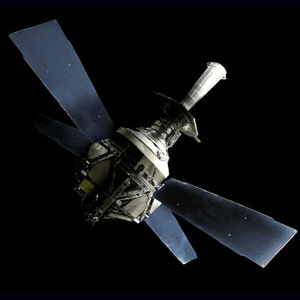
This Model is Rated: Moderately Challenging
6 MB PDF, 8 pages - Requires Adobe Reader - Prints on 8 1/2 x 11 paper
Launched in 2004 Gravity Probe B was a relativity experiment developed to test predictions of Einstein’s general theory of relativity. Using small gyroscopes, the spacecraft measured how space and time are warped by the presence of the Earth, and how the Earth’s rotation drags space-time around with it.
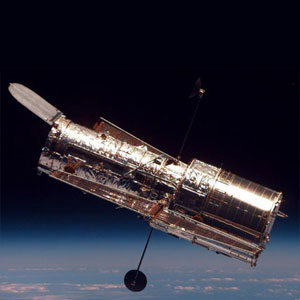
Hubble Space Telescope
This Model is Rated: Moderately Challenging
5.8 MB PDF, pages - Requires Adobe Reader - Prints on 8 1/2 x 11 paper
The first of the Great Observatories was deployed from the Space Shuttle Discovery into Earth orbit in April 1990. It is the product of two decades of research and development by 10,000 scientists and engineers at various NASA centers, private companies, universities, and the European Space Agency. The purpose of Hubble is to study the cosmos from low-Earth orbit.

Hubble Space Telescope
This Model is Rated: Challenging
12.07 MB PDF, 30+ pages - Requires Adobe Reader - Prints on 8 1/2 x 11 paper
This expert paper model consists of around 300 pieces and will take approximately 30 hours to complete. It has extremely accurate 3-D representations of details ranging from the cryocoolers to handrails. It reflects the state of the telescope after Servicing Mission 3B, which took place in March 2002.
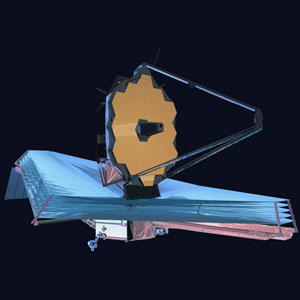
James Webb Space Telescope
This Model is Rated: Easy
3.3 MB PDF, 35 pages - Requires Adobe Reader - Prints on 8 1/2 x 11 paper
Launching in 2018, Webb will be the premier infrared telescope of the next decade. An international collaboration with the European Space Agency (ESA) and the Canadian Space Agency (CSA), Webb will study from the first luminous glows after the Big Bang, to the formation of solar systems.
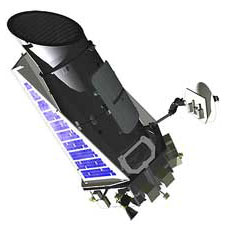
This Model is Rated: Moderate
713 KB PDF, 12 pages - Requires Adobe Reader - Prints on 8 1/2 x 11 paper
Launched in 2009, the Kepler mission was designed to detect Earth-sized planets orbiting other stars. Kepler has discovered over 2400 confirmed exoplanets including some in the habitable zone of their stars.
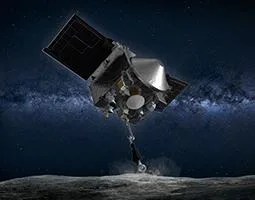
This Model is Rated: Easy
19.4 MB PDF, 6 pages - Requires Adobe Reader - Prints on 8 1/2 x 11 paper
For the first time in NASA history, the OSIRIS-REx mission will return a pristine sample from a near-Earth asteroid. The spacecraft is exploring the asteroid Bennu to investigate the composition of the early solar system and the source of Earth’s organic materials and water. The mission will also improve our understanding of asteroids that could impact our planet. OSIRIS-REx launched in September 2016. It arrived at Bennu in 2018 and will return a sample to Earth in 2023.
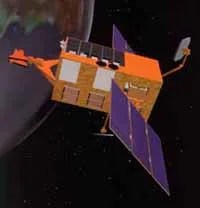
Rossi X-ray Timing Explorer (RXTE)
This Model is Rated: Easy
196 KB GIF, 2 files, one page each - Prints on 8 1/2 x 11 paper
Requires software that reads GIF files (e.g., Firefox)
The Rossi X-ray Timing Explorer (RXTE) was launched on December 30, 1995 to look at the physics of the cosmic X-ray sources by making sensitive measurements of their changes. RXTE completed sixteen years of observations before being decommissioned in 2012.
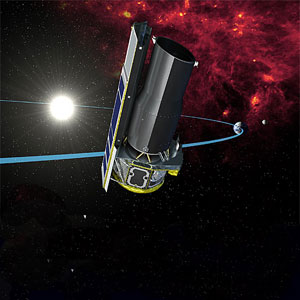
Spitzer Space Telescope
This Model is Rated: Moderately Challenging
1.6 MB PDF, 15 pages - Requires Adobe Reader - Prints on 8 1/2 x 11 paper
Lego and 3-D computer models also available
The fourth Great Observatories was launched in 2003 into trailing Earth orbit. Spitzer detects infrared energy, or heat, radiated by objects.
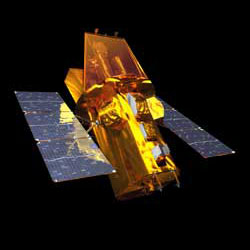
This Model is Rated: Moderately Challenging
15.2 MB PDF, 32 pages - Requires Adobe Reader - Prints on 8 1/2 x 11 paper
Launched in 2004, the Swift spacecraft is in Earth orbit. Swift detects gamma-ray bursts and then relays the burst’s location to ground stations, allowing both ground-based and space-based telescopes around the world the opportunity to observe the burst’s afterglow.
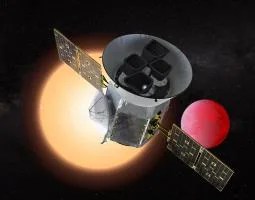
This Model is rated: Moderately Challenging
1.6 MB PDF, 8 pages - Requires Adobe Reader - Prints on 8 1/2 x 11 cardstock
The Transiting Exoplanet Survey Satellite (TESS) is scheduled to launch in 2018. Surveying 200,000 of the brightest stars near the sun, TESS will discover thousands of transiting exoplanets.
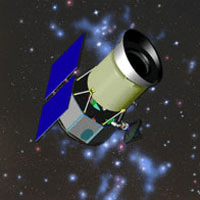
This Model is Rated: Easy
148 KB PDF, 1 page - Requires Adobe Reader - Prints on 8 1/2 x 11 paper
Launched in 2009, the Wide-field Infrared Survey Explorer (WISE) used its infrared sensors to perform an all-sky survey until its hydrogen coolant was depleted as planned in 2011. WISE was repurposed to search for near-Earth objects and is now called the NEOWISE mission.
More Paper Models
NASA partnered with the European Space Agency on the INTEGRAL and XMM-Newton spacecraft, you can download those paper models on the ESA Website.




